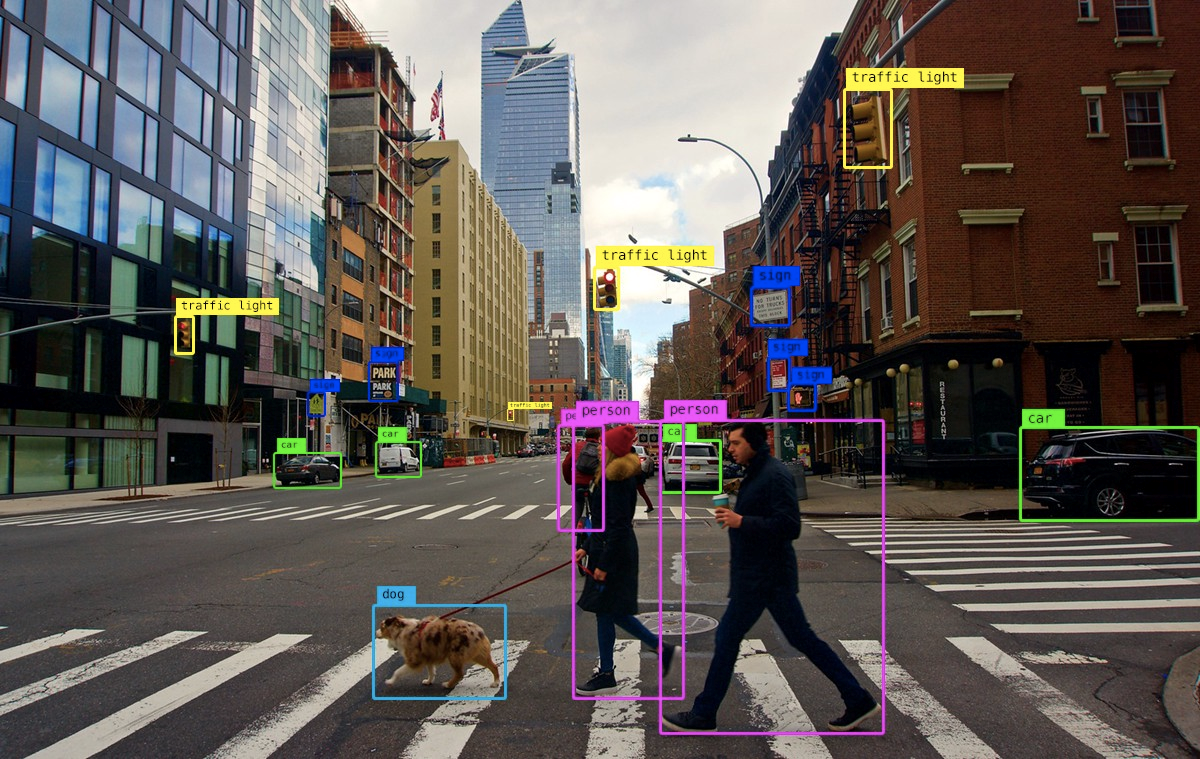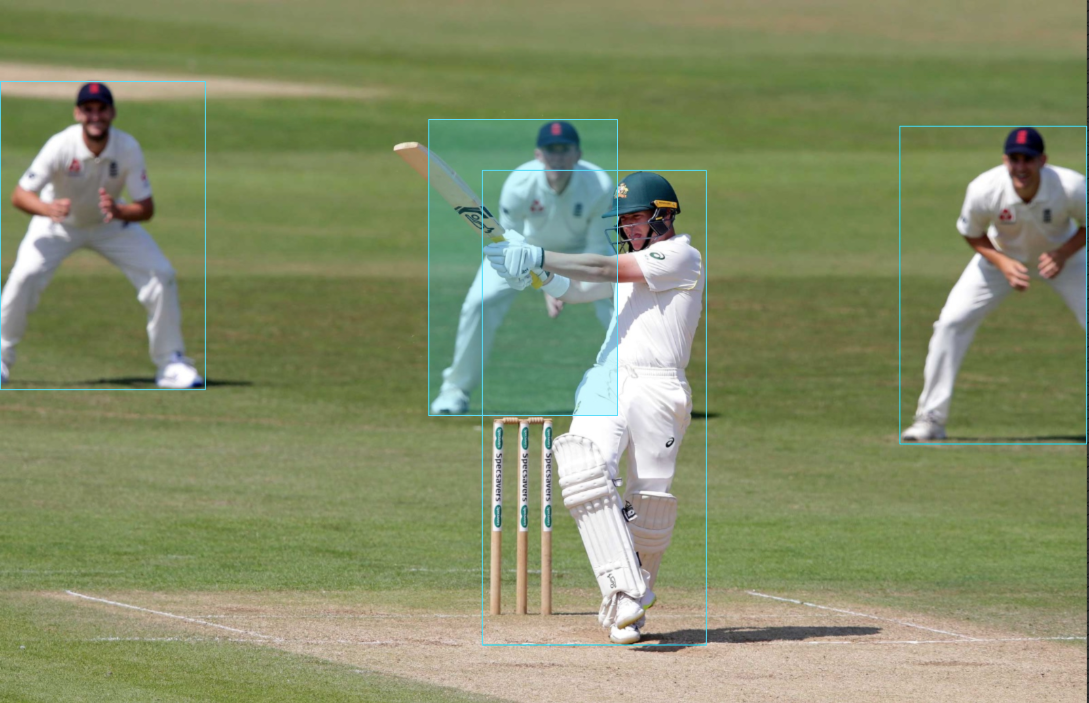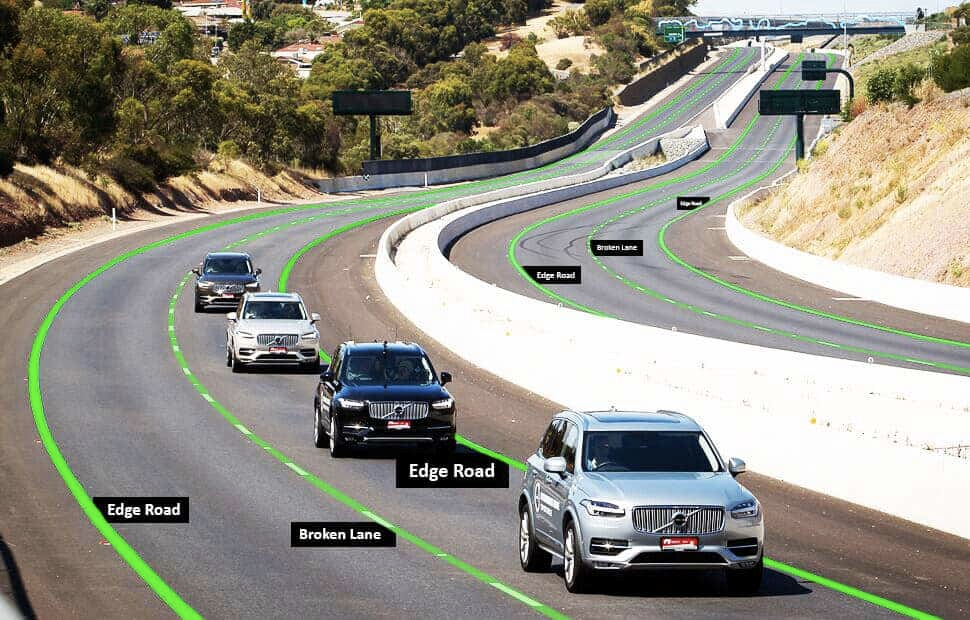

Image Annotation
It is a long established fact that a reader will bedistracted by the readable content of a page when looking at its layout.
The procedure of labeling or categorizing a picture using text, annotation instruments, or both to demonstrate the data characteristics you expect your system to identify on its own is known as image annotation. While the number and diversity of your picture data is most certainly increasing by the day, obtaining photographs annotated to your standards can be a difficulty that hinders your venture and, as a consequence, overall time to market. The decisions you make concerning the image annotation methodologies, tools, and staff should be carefully considered.
We Meet all Your Image Annotation Needs
Just like human beings need information about the environment that surrounds them, computers need meta information to learn to recognize and label all of the various objects that surround them as well. Image annotation outsourcing companies perform all of the tedious and time-consuming processes with the understanding that their work is absolutely critical to the overall success of the project. By taking such a burden off the shoulders of your IT personnel, you can focus on developing your product and your core business functions. Mindy Support goes above and beyond the requirements of outsourcing companies by performing all tasks with the utmost attention to detail, regardless of the volume of work, all at an affordable price. By performing our image annotation job on time, every time, we help you keep your project timeline in place and expedite time to market. Let’s take a look at the types of image annotations we offer:
Semantic Segmentation
With Semantic Segmentation, every pixel needs to be associated with a labeled image such as a car, road, pedestrian etc. This technology is widely used in the automotive, healthcare, agricultural, retail as well as in many other industries to provide an overall idea of how the visual system works and what the limitations are.
Semantic Segmentation Benefits:• Enhances algorithmic efficiency
• Removes background, therefore increases accuracy


Tagging
Tagging refers to labeling the people and objects that are located in the image. This form of image annotation is widely used in the retail, e-commerce, marketing and advertising industries.
Tagging Benefits:• Sort and arranges the images quickly
• Prompt access to a certain image using keywords
Bounding boxes
A bounding box seems to be a hypothetical rectangular box that includes an item or a group of points. In digital image processing, the bounding box corresponds to the coordinates of the border that encloses a picture. In object detection, we often utilize a bounding box to characterize an item's geographical position. The bounding box is rectangular, as specified by the measurements of the rectangle's upper-left corner and the such coordinates of the rectangle's lower-right corner.

3D Bounding Boxes
3D Cuboid annotation is taking regular 2D images and videos and annotating them into 3D models by applying various elements such as height, width, rotation, depth, etc. This allows the computer to understand the exact dimensions of an object and is often used in the automotive, retail and e-commerce, healthcare, agriculture, and real estate industries.
Cuboids Benefits:• Calculates the distance between various objects to define their size and surrounding space
• Helps to figure out the traffic situation in the automotive industry


Polygon Annotation
If you encounter the exact shape of an irregular object, our polygon annotation service will use segmentation masks to get the most precise image annotation. Polygons are used in the automotive, real estate, information technology and healthcare industries.
Polygon Benefits:• Ensures precise localization
• Detects the exact shape and size of the objects.
Lane Annotation
Line annotations assist autonomous cars in properly recognising lanes. As a result, the proper directions, traffic, bicycles, divergence, and surroundings are defined for smooth and trouble-free driving on city streets or highways. Accurate lane recognition in daytime, city settings, and high-traffic regions to assist autonomous cars in understanding drivable zones. We also offer end-to-end labeling services and extensive domain advice to ML teams who require more than simply a labeling platform.


LandMarks
Annotating all of the various landmarks out there is done by marking key points in a specified area. It was designed to help capture human figures and poses in 2D images and videos. Landmark annotation has many practical applications in the healthcare, automotive, insurance, agriculture, retail, and e-commerce industries.
Landmark Benefits:• Recognizes face details, emotions, and gestures
2D Bounding Box
Bounding boxes are superimposing a box around the object you would like the computer to recognize in a given image. It is used in the automotive, agriculture, retail and e-commerce, insurance, information technology, and real estate industries.
2D Bounding Boxes Benefits:• Ensures the shortest time for annotation
• Requires minimal costs


Skeletal annotation
Annotating skeletons emphasizes body mobility and alignment. Annotators use this procedure to connect lines on the human body by connecting them with dots at sites of articulation.
Image Masking
For many tasks that process annotated data such as training machine learning algorithms, it can be useful to have a mask image representation where pixel values encode ground truth information. This technique involves separating the image in layer and mask using Adobe Photoshop or other similar software. There are usually two approaches for generating such images:
• Generate a mask image from a region defined by user-specified coordinates.
• Generate mask images from annotations contained within region-of-interest annotations. This involves mapping annotations to these regions of interest and creating one image for each one.

Copyright © 2025, All Right Reserved Frinksyn
